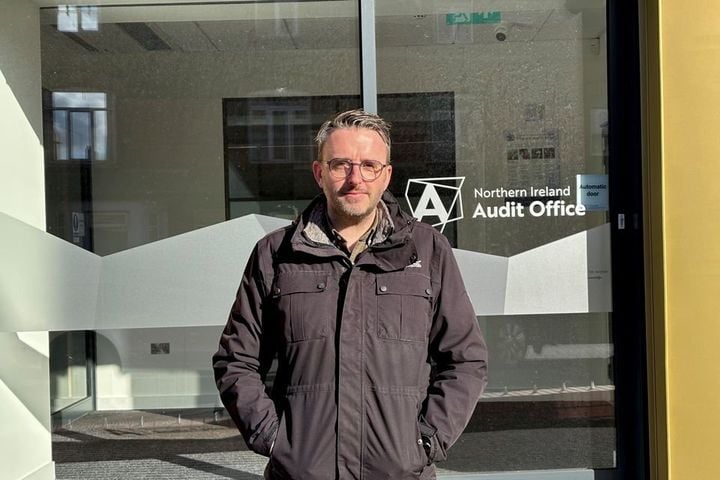The Education Authority has allocated over £400,000 on a fleet of 11 new seven-seater cars intended for transporting children to and from school. Alarmingly, only two of these vehicles are currently operational. This situation has raised concerns among education officials, particularly Nick Mathison, the chair of Stormont’s Education Committee, who described the development as “incredibly concerning.”
In the last six months, the Education Authority has undertaken the significant expenditure on these vehicles. Despite the substantial investment, the lack of functionality of the majority of the fleet has led to questions about the efficiency and planning of the initiative.
Concerns Over Delays and Accountability
Mathison emphasized the need for accountability in the procurement process. With children relying on these vehicles for safe transport, the delay in getting the majority of the fleet into service raises serious issues regarding logistical planning. He stated that it is essential for the Education Authority to clarify why such a large sum was spent without ensuring that the vehicles could be deployed immediately.
The Education Authority has not provided specific reasons for the operational delays of the remaining nine vehicles. Critics argue that the situation reflects poorly on the management of education resources, particularly as schools face ongoing challenges in providing safe and reliable transport for students.
Impact on School Transport Services
The inadequate number of operational vehicles limits the capacity to transport students efficiently, which could lead to disruptions in their daily routines. Parents and guardians are understandably concerned about the implications of these delays on their children’s education and well-being.
As the Education Authority continues to grapple with this logistical challenge, stakeholders are calling for transparency and swift action to ensure that all purchased vehicles are operational as soon as possible. The situation serves as a reminder of the importance of effective management and accountability in public spending, especially in sectors that directly impact children’s education.
In conclusion, while the investment in new transport vehicles reflects a commitment to improving school transport services, the current state of non-operation raises significant concerns. Stakeholders await further details from the Education Authority regarding the timeline for making the full fleet available for use.







